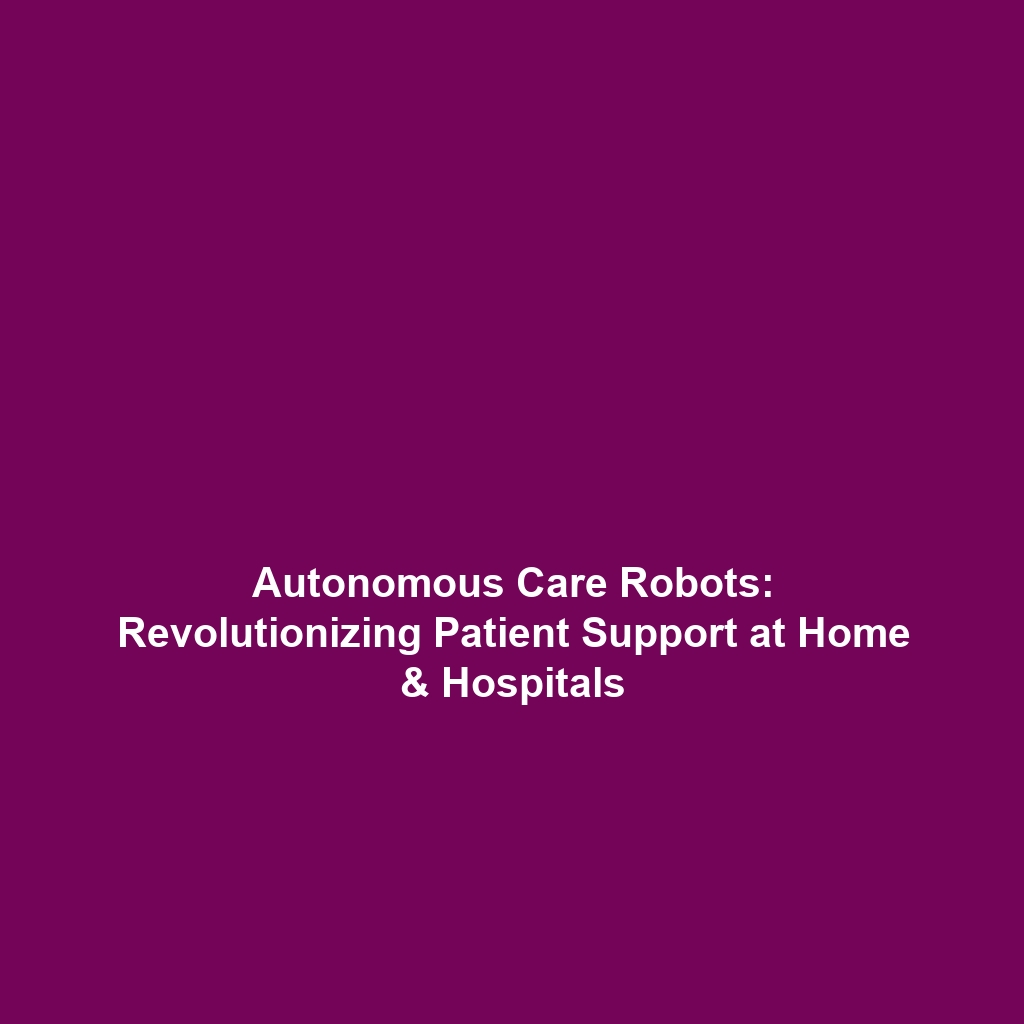Actuators in Humanoid Robots: The Key to Movement and Interaction
Actuators are crucial components that enable humanoid robots to perform complex movements, walk, and engage with their environment. In the realm of humanoid robotics, these devices not only enhance robotic mobility but also empower robots to sustain human-like interactions, thereby expanding their functionality across various applications. Understanding the significance of actuators in humanoid robots is essential for advancing robotics technology and ensuring robots can adapt to diverse tasks.
Key Concepts
Actuators are devices that convert energy into motion, allowing humanoid robots to replicate human movements. The key principles surrounding actuators include:
Types of Actuators
- Electric Actuators: Use electrical energy to produce mechanical motion, most commonly found in robotic arms.
- Pneumatic Actuators: Utilize compressed air to create motion, offering flexibility and lightweight characteristics.
- Hydraulic Actuators: Employ pressurized fluids for high-force applications, ideal for heavy lifting tasks.
These actuators contribute to the category of humanoid robots by enabling limbs to move in ways that mimic human gestures, making robots more effective in both personal and industrial environments.
Applications and Real-World Uses
The applications of actuators in humanoid robots are vast and varied. Some of the most significant uses include:
- Assistance Robots: Robots equipped with actuators help the elderly and disabled with daily tasks by providing physical support.
- Industrial Robots: Actuators enhance precision and reliability in assembly lines, improving productivity and safety.
- Service Robots: In hospitality or healthcare, humanoid robots can interact with people using actuators to perform various functions, such as delivering items.
Overall, understanding how actuators are used in humanoid robots can shed light on their development and accessibility across various sectors.
Current Challenges
While actuators have advanced significantly, several challenges persist in their study and application:
- Precision Control: Achieving fine control over movements to emulate human-like dexterity.
- Power Supply: Ensuring sufficient energy sources for long-term functionality without compromising mobility.
- Integration: Seamlessly integrating actuators with other robotic systems and sensory feedback.
These challenges of actuators in humanoid robots pose hurdles for researchers and developers aiming for practical applications.
Future Research and Innovations
The future of actuators in humanoid robots looks promising. Key areas of ongoing research include:
- Soft Robotics: Innovations in soft actuators that mimic the flexibility of human muscles.
- Artificial Intelligence: Enhancing actuator response through AI algorithms for improved decision-making and adaptability.
- Energy Harvesting: Developing actuators with integrated energy-harvesting technologies for sustainable use.
These innovations will redefine the capabilities of humanoid robots and likely lead to breakthroughs in their operational efficiency.
Conclusion
Actuators play a pivotal role in the movement, walking, and interaction capabilities of humanoid robots, expanding their usefulness across numerous fields. As the technology evolves, addressing the current challenges while fostering future innovations will be essential for the growth of humanoid robotics. For further reading on related technological advancements, explore our articles on Robotics Advancements and The Future of Humanoid Robots.

